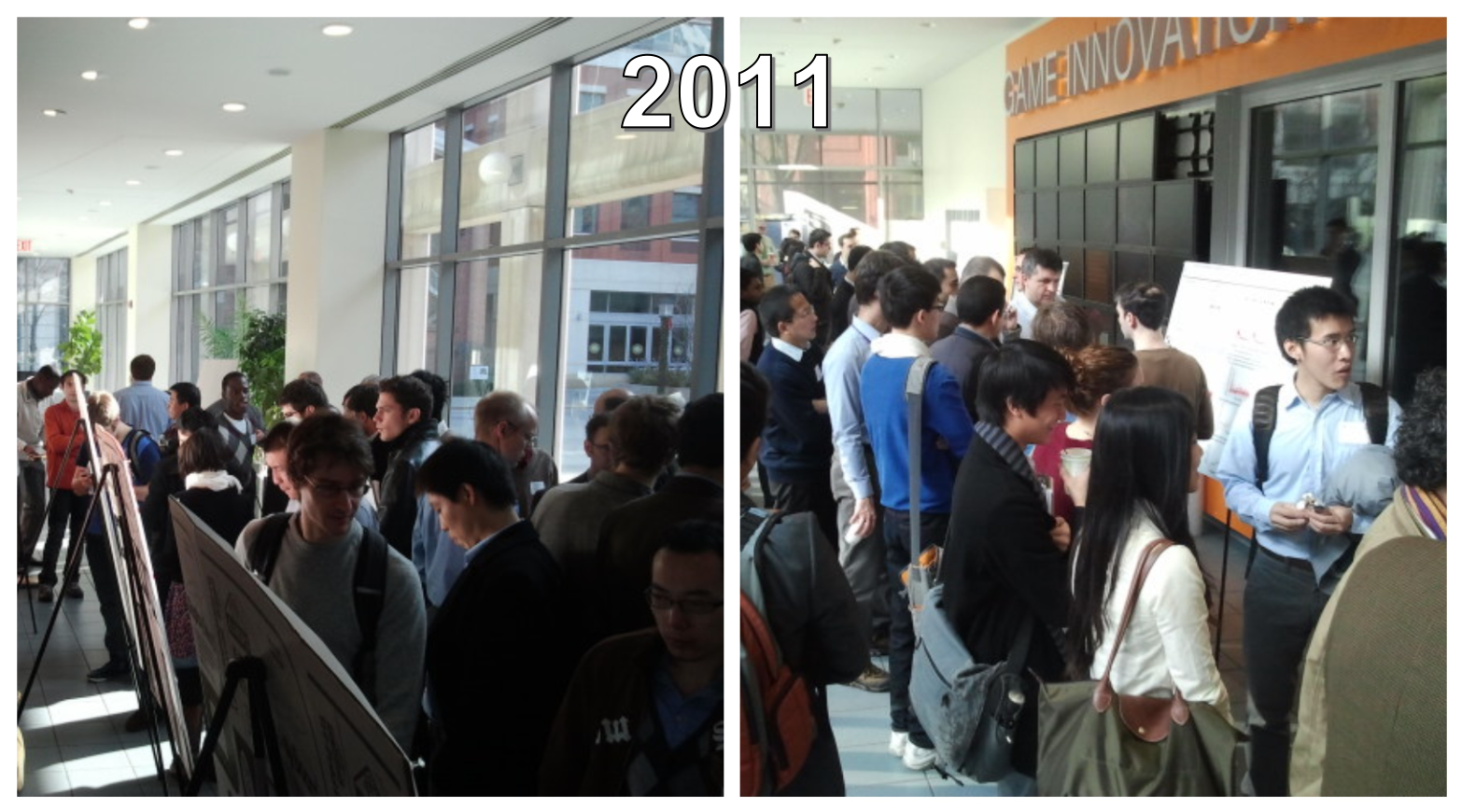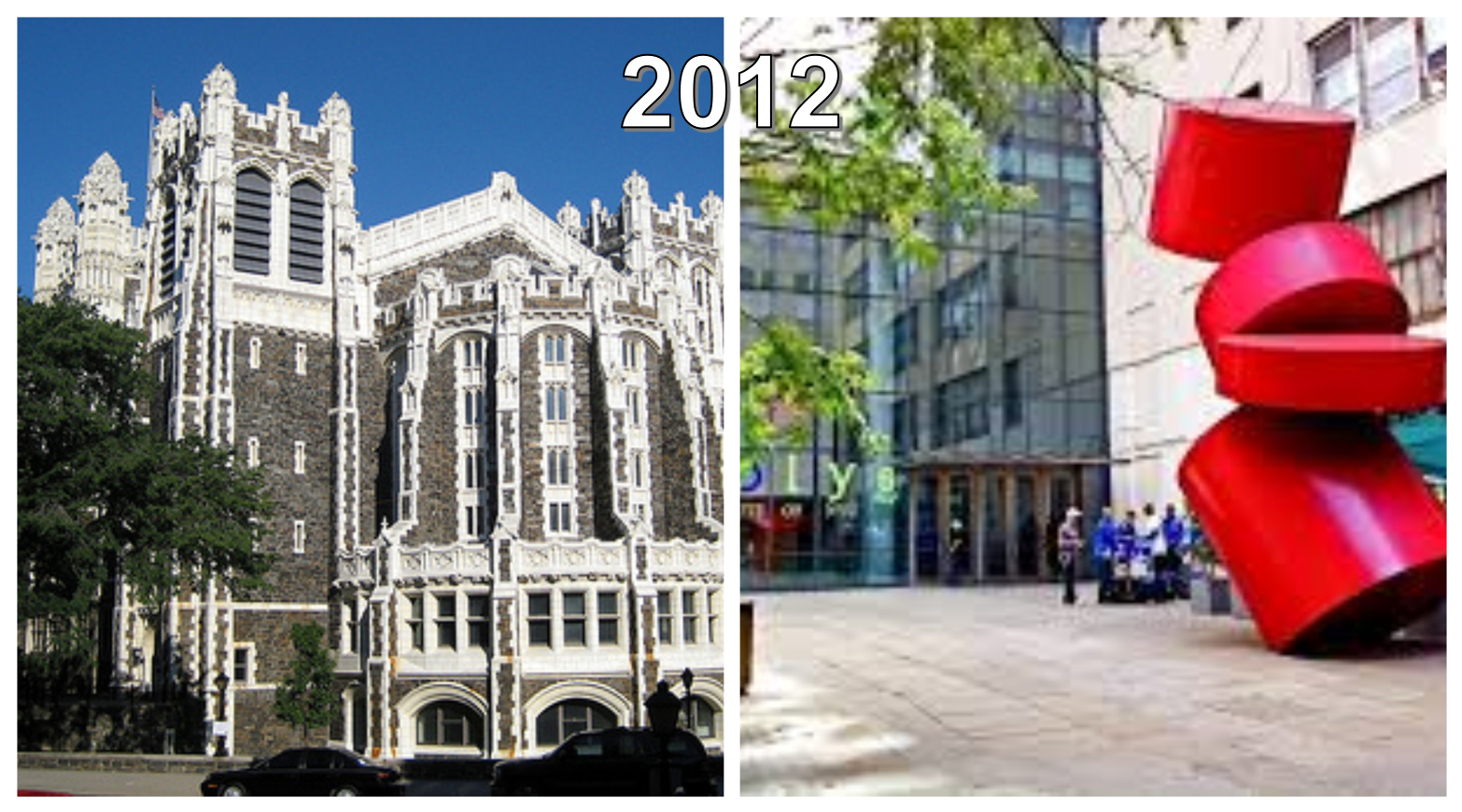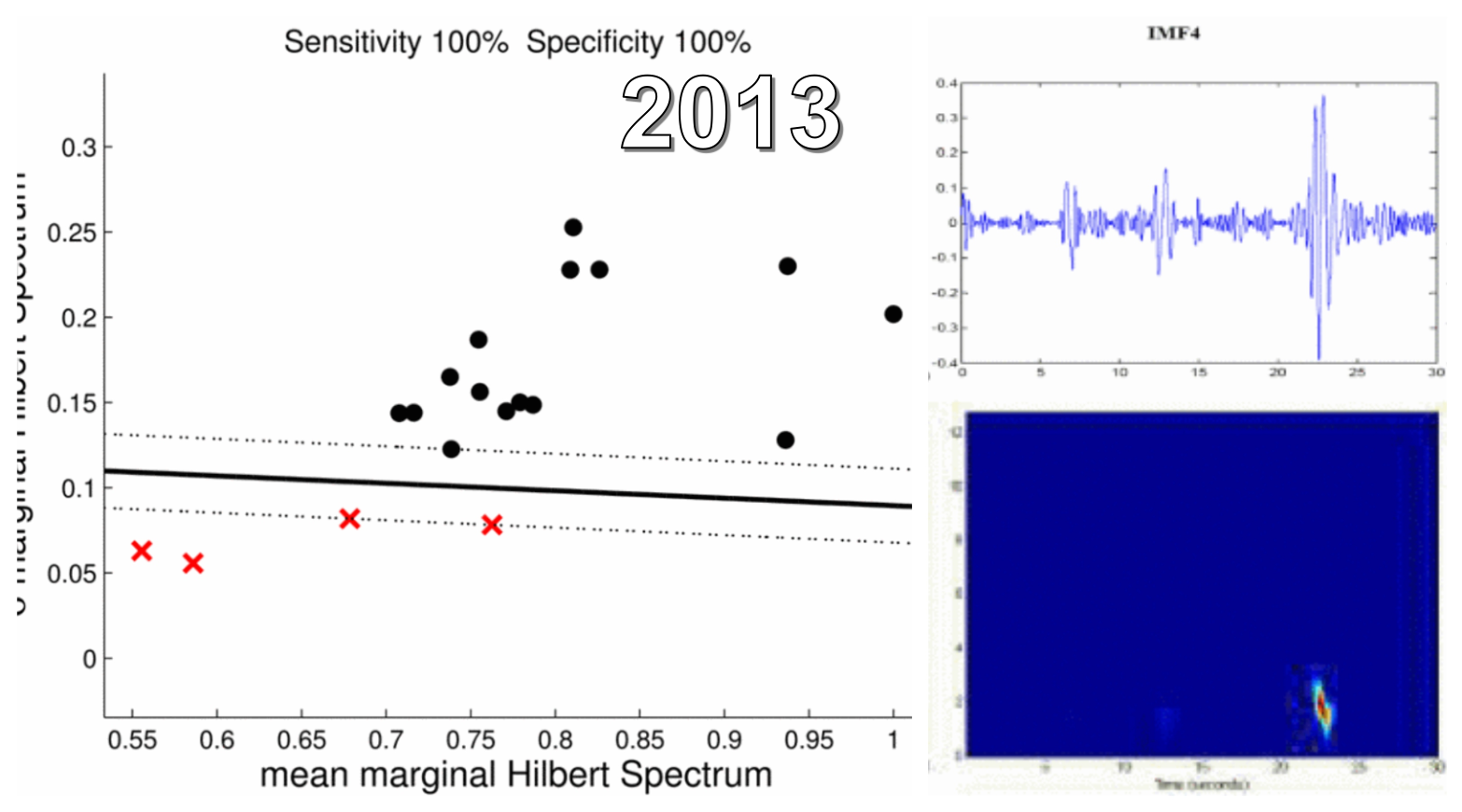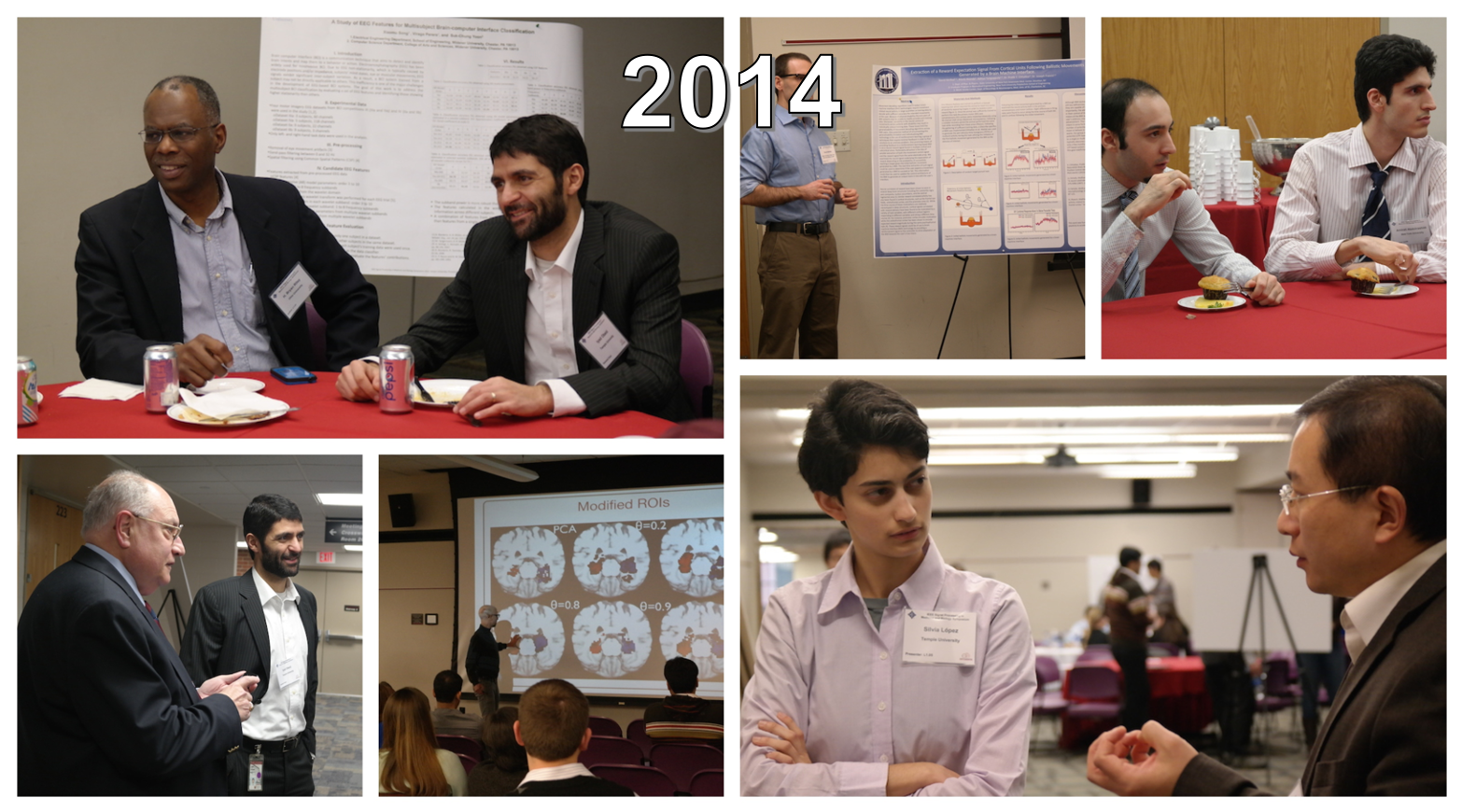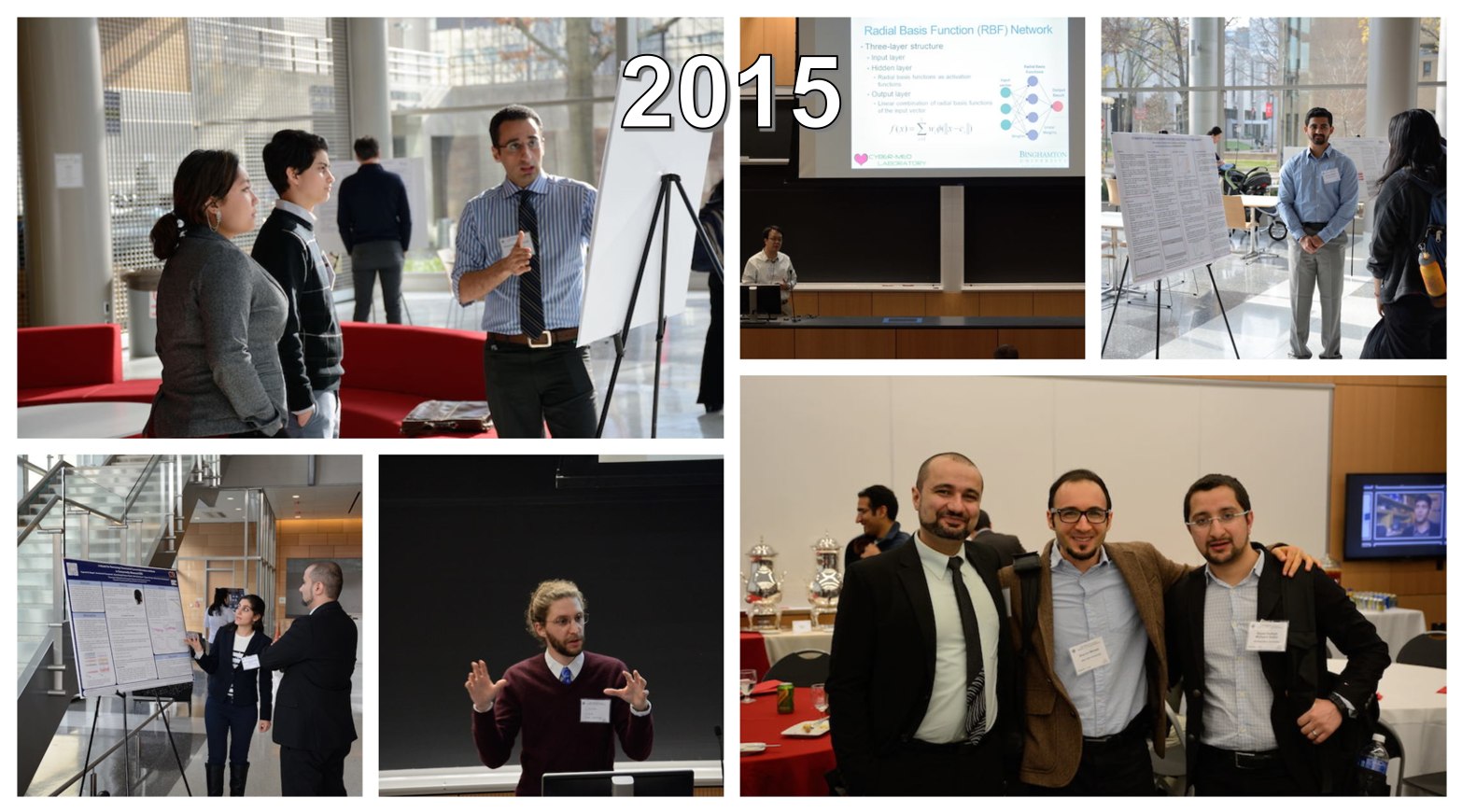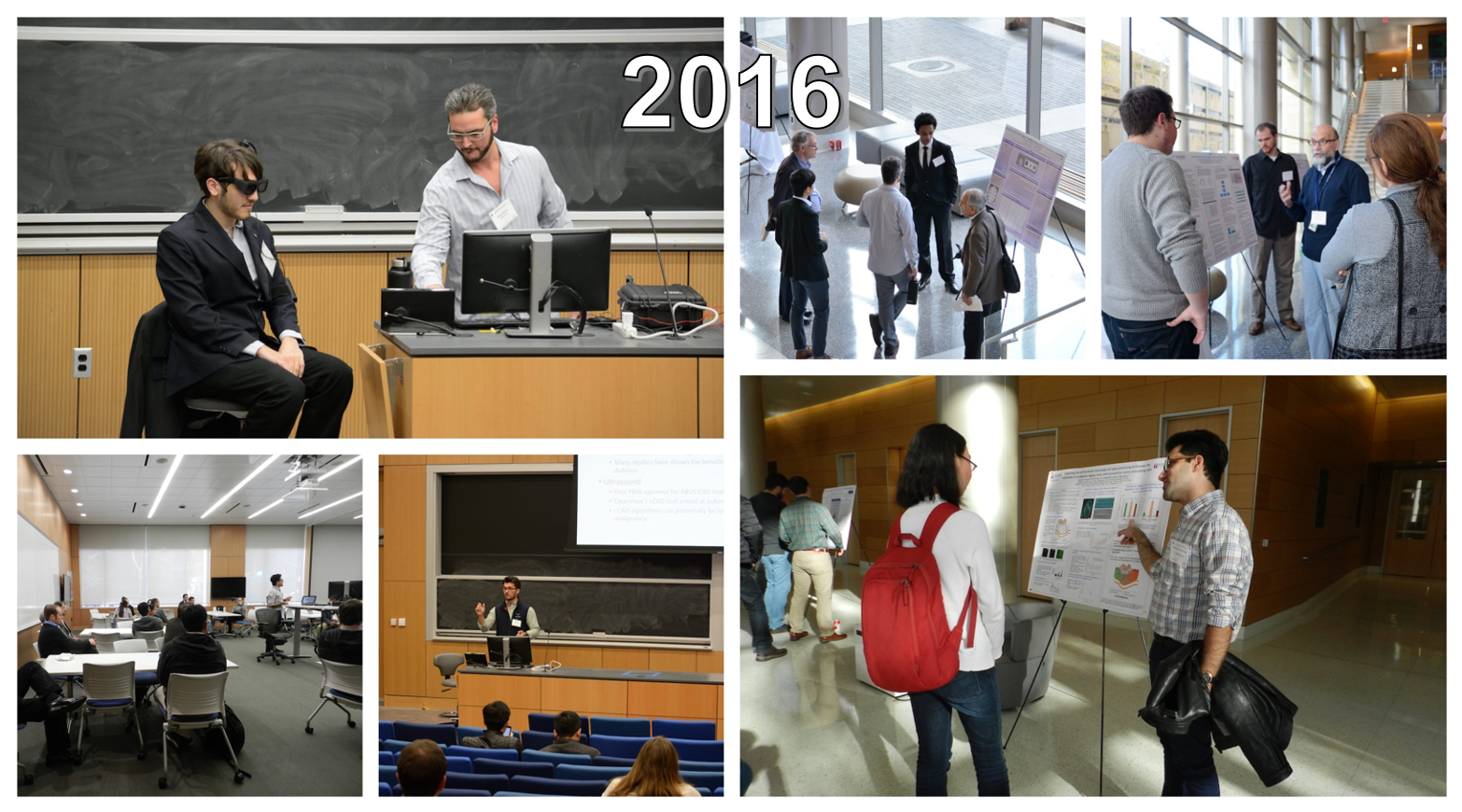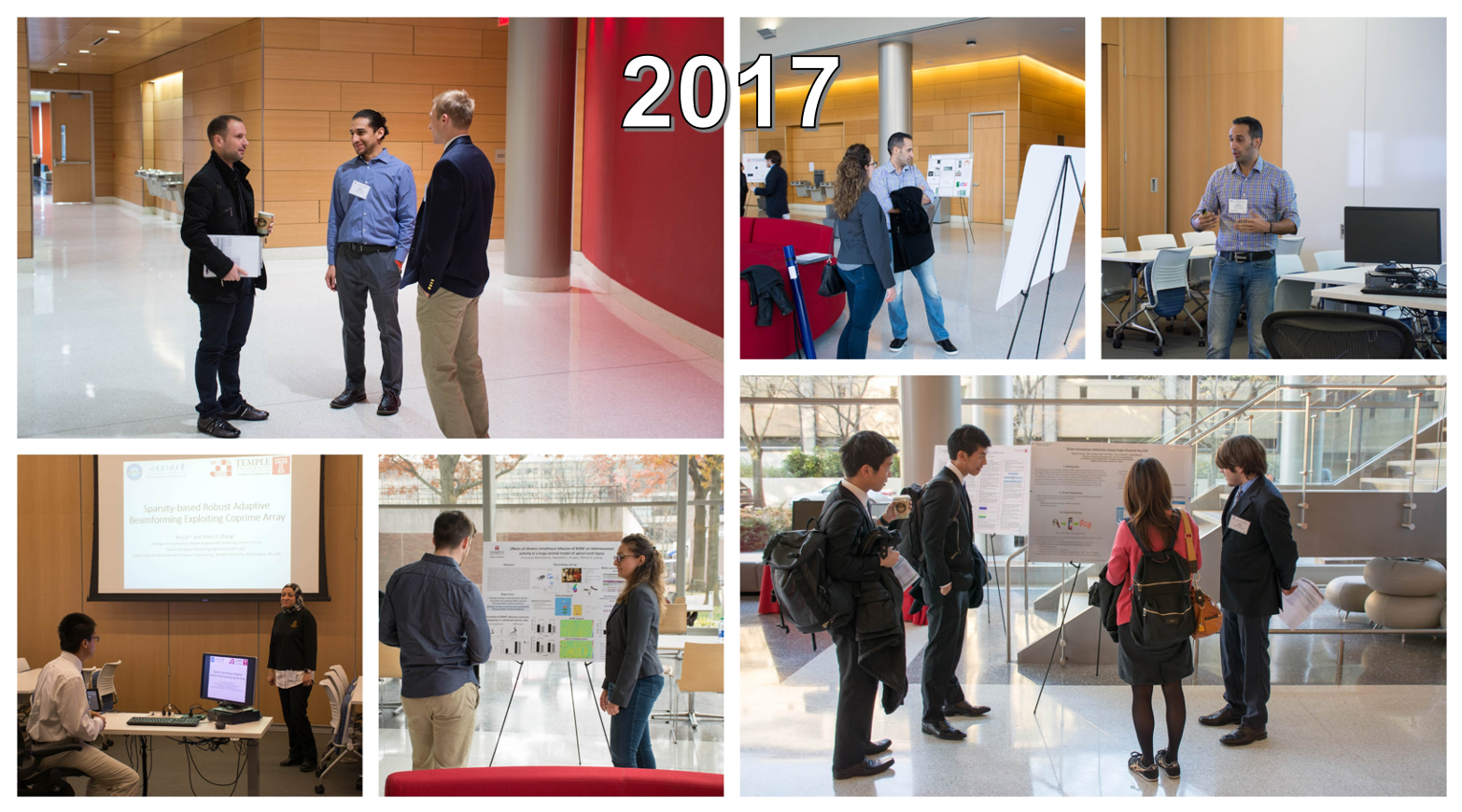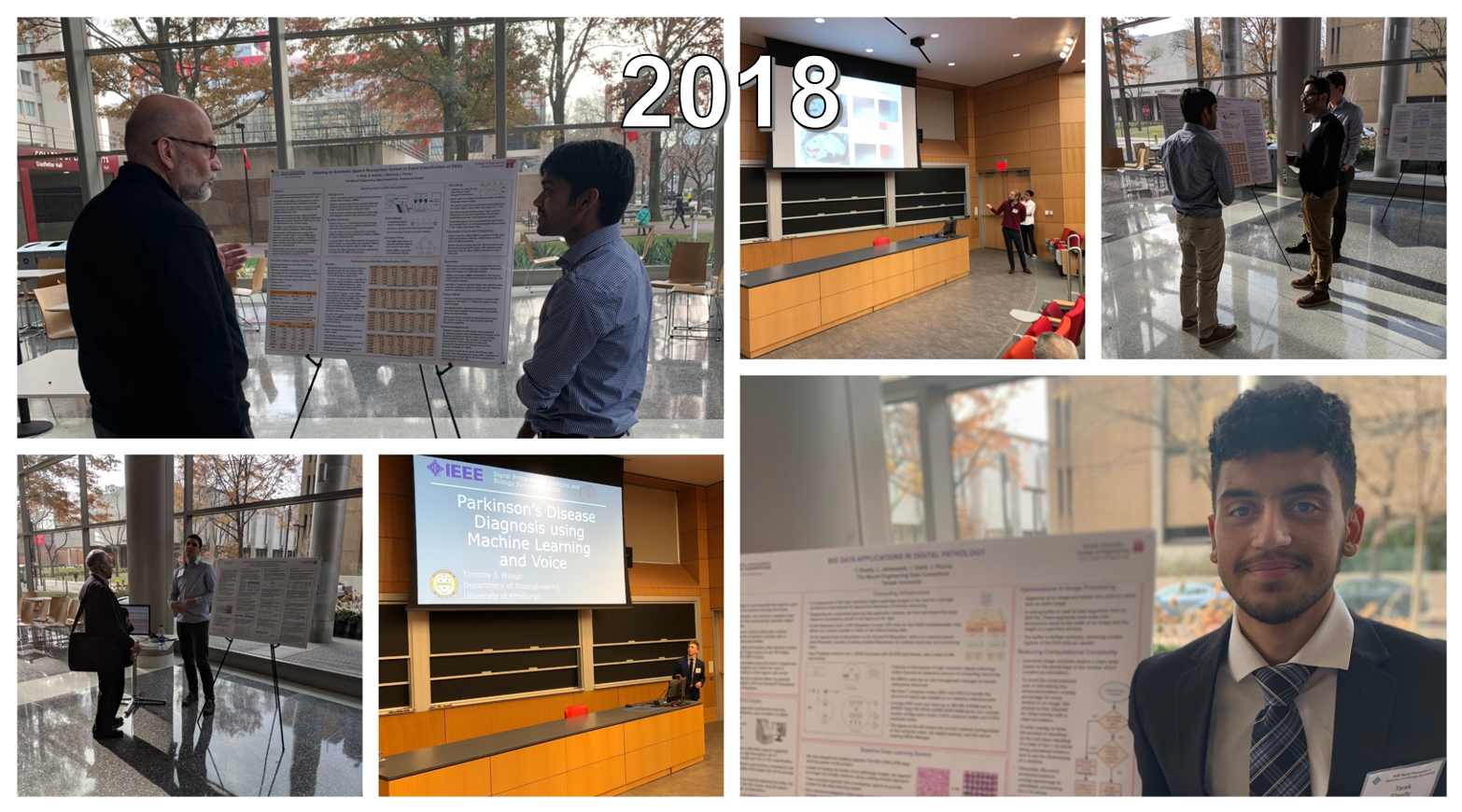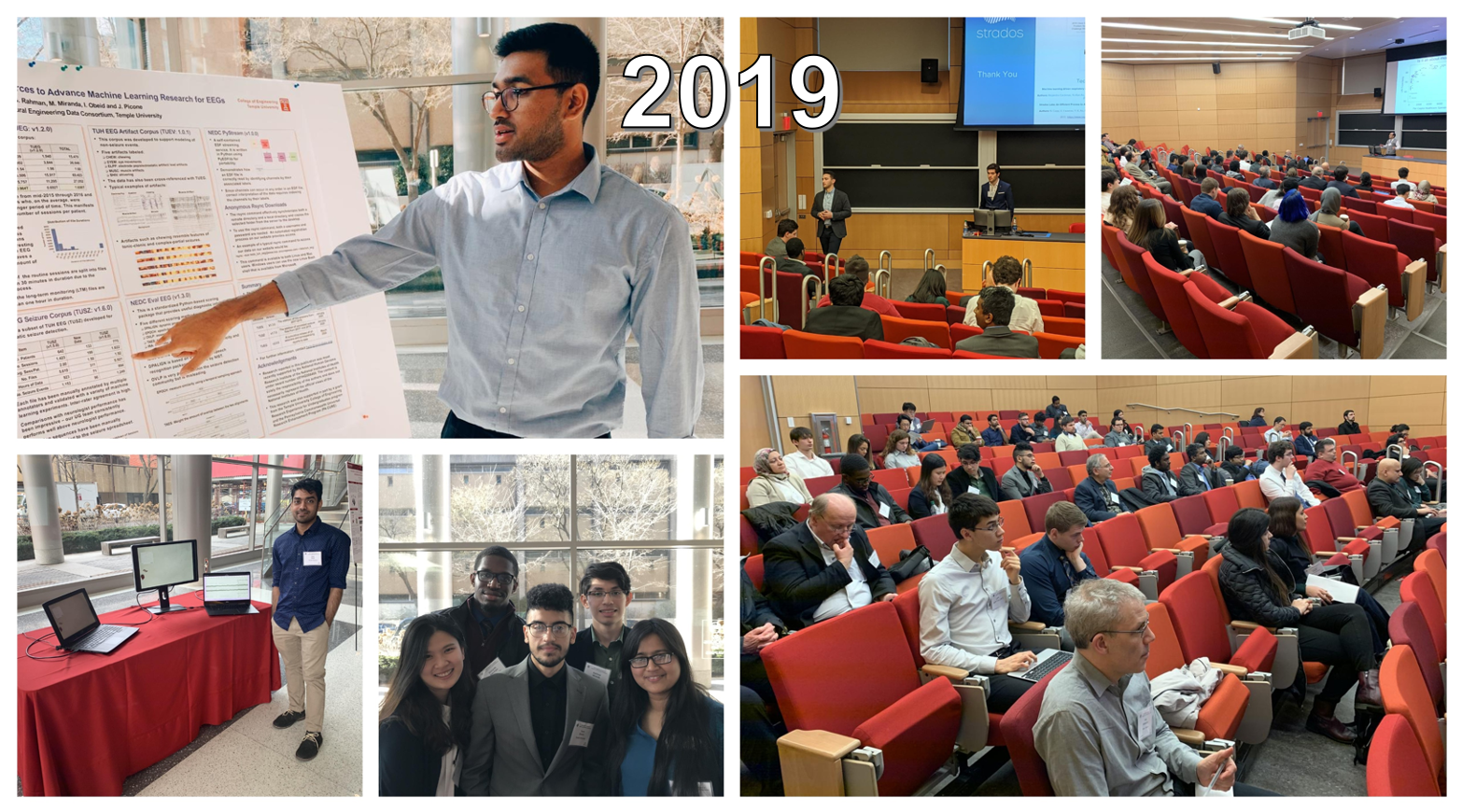The first IEEE Signal Processing in Medicine and Biology Symposium was held on December 10, 2011 at New York University Polytechnic School of Engineering (now known as NYU Tandon School of Engineering). It was conceived by Dr. Ivan Selesnick and his colleagues as a regional forum that would bring together researchers from the disciplines of signal processing, bioengeering and medicine to collaborate on problems of scale in bioengineering. With the emerging field of data science poised to revolutionize decision support in medicine, the symposium was structured to be a small, highly focused event that promoted new collaborations between students, faculty and professionals in the northeast region.
Over 75 people participated in the symposium in its first year. Topics included:
|
|
In 2020, we are celebrating the 10th anniversary of the symposium. In addition to having its proceedings published in IEEE Xplore, one of the world's largest repositories of engineering knowledge (search for "IEEE SPMB"), starting with the 2018 conference, we have partnered with Springer, a leading global scientific publisher, to produce a book of selected papers from the symposium. We choose eight of the best contributions from the symposium by committee and invite the authors to submit an expanded book chapter. The first book based on the 2018 symposium was published by Springer in Spring 2020 and is available here. A book for the 2019 symposium is under development.
Celebrating 10 years of
advancements in data science,
where the future is becoming
a reality for bioengineering applications.
